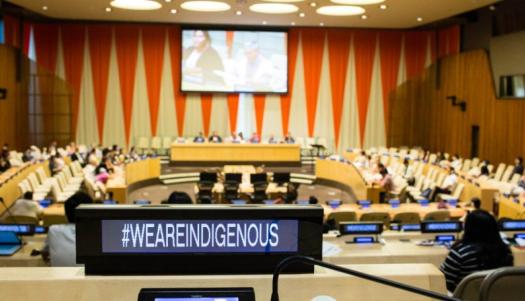
International Albinism Awareness Day, 13 June
People with albinism face multiple forms of discrimination worldwide. Albinism is still profoundly misunderstood, socially and medically. The physical appearance of persons with albinism is often the object of erroneous beliefs and myths influenced by superstition, which foster their marginalization and social exclusion. This leads to various forms of stigma and discrimination.
In some communities, erroneous beliefs and myths, heavily influenced by superstition, put the security and lives of persons with albinism at constant risk. These beliefs and myths are centuries old and are present in cultural attitudes and practices around the world.
On 18 December 2014, the General Assembly adopted a resolution proclaiming, with effect from 2015, 13 June as International Albinism Awareness Day.
The United Nations Human Rights Council adopted a resolution in 2013 calling for the prevention of attacks and discrimination against persons with albinism. Moreover, in response to the call from civil society organizations advocating to consider persons with albinism as a specific group with particular needs that require special attention, on 26 March 2015, the Council created the mandate of Independent Expert on the enjoyment of human rights by persons with albinism.
Background Information
Albinism is a rare, non-contagious, genetically inherited difference present at birth. In almost all types of albinism, both parents must carry the gene for it to be passed on, even if they do not have albinism themselves. The condition is found in both sexes regardless of ethnicity and in all countries of the world. Albinism results in a lack of pigmentation (melanin) in the hair, skin and eyes, causing vulnerability to the sun and bright light. As a result, almost all people with albinism are visually impaired and are prone to developing skin cancer. There is no cure for the absence of melanin that is central to albinism.
While numbers vary, it is estimated that in North America and Europe 1 in every 17,000 to 20,000 people have some form of albinism. The condition is much more prevalent in sub-Saharan Africa, with estimates of 1 in 1,400 people being affected in Tanzania and prevalence as high as 1 in 1,000 reported for select populations in Zimbabwe and for other specific ethnic groups in Southern Africa.
Message from the Secretary-General
More information HERE
 Welcome to the United Nations
Welcome to the United Nations



